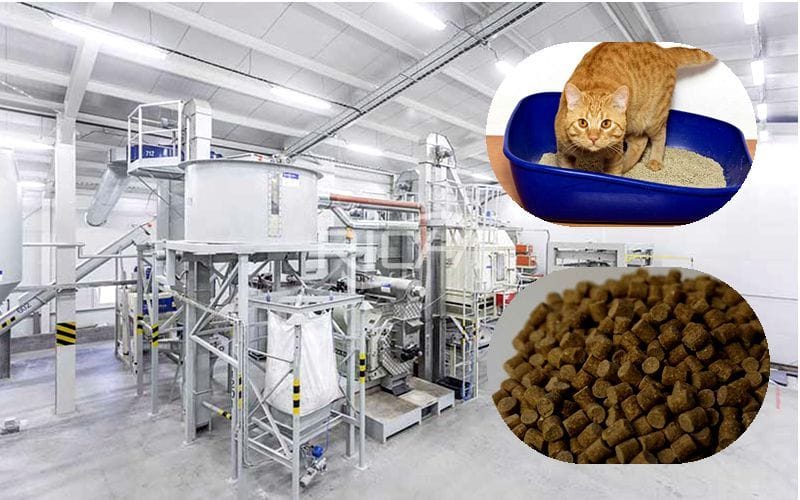

Cat litter is one of those everyday essentials that many of us take for granted. We know it’s necessary for our furry friends, but have you ever wondered about the journey it takes before reaching our homes? In this post, we’ll take a peek inside a cat litter factory to explore how this product goes from dusty minerals to the trusted solution for cat owners everywhere.
Step 1: Sourcing the Raw Materials
Most cat litter begins with clay, which is widely available and highly absorbent. In the early stages of production, clay or another absorbent material like silica is mined from quarries. These materials are chosen for their ability to absorb moisture and control odor, making them perfect for cat litter. The clay is often ground down, treated, and sometimes mixed with other ingredients to optimize clumping and absorbency.
Step 2: Crushing and Grinding
Once the raw materials are brought to the factory, they’re crushed and ground into fine particles. At this stage, the material resembles dust, which will later be refined into the small granules we recognize. Depending on the type of cat litter being made, this step may involve varying degrees of processing to produce different textures, from fine sand-like particles to coarser granules.
Step 3: Drying and Sizing
The ground material then goes through a drying process. This is essential for removing any remaining moisture, making the litter more effective at absorbing liquid. During this phase, the factory also sizes the particles, ensuring a consistent size for each batch of litter. The size and texture of the granules affect everything from clumping ability to odor control, so it’s a critical quality check for the final product.
Step 4: Adding Special Ingredients
For litter brands with added benefits, this is where the magic happens. Factories often add odor-neutralizing agents, such as baking soda, or fragrances that help mask unpleasant smells. Some litters are treated with natural enzymes that break down ammonia in cat urine, helping control odor even better. Factories may also add dyes or coatings for specialized “dust-free” formulas that create a cleaner experience for both cats and owners.
Step 5: Quality Control and Testing
No batch of litter leaves the factory without rigorous testing. Manufacturers test the clumping power, odor control, and dust levels of each batch to ensure they meet industry standards. These checks are crucial, as litter needs to perform consistently for cat owners to trust it in their homes. Some factories even bring in test cats to ensure the litter’s usability and comfort.
Step 6: Packaging and Shipping
After passing quality checks, cat litter factory the litter is bagged or boxed up in various sizes, ready for shipping. Packaging is often designed with durability and convenience in mind, featuring handles or resealable options to make storage easier. The final product is then shipped out to pet stores and homes around the world.
From Factory Floor to Feline Friends
The journey of cat litter from factory to home involves a combination of science, quality control, and care. Next time you pour fresh litter into your cat’s box, remember the complex process that ensures it’s clean, clumping, and ready to handle even the most discerning feline needs! It’s a small part of pet care but a significant one, transforming humble clay into a trusted companion for cats and owners alike.